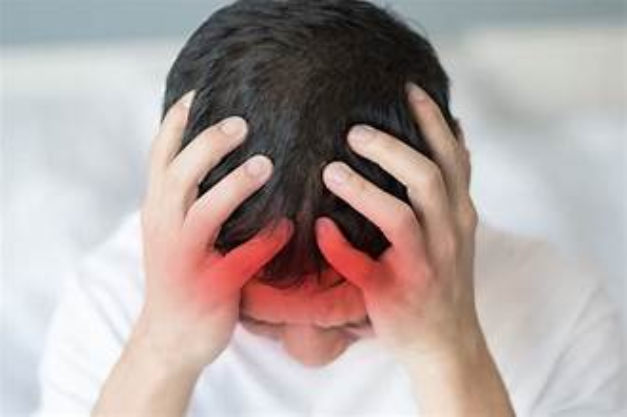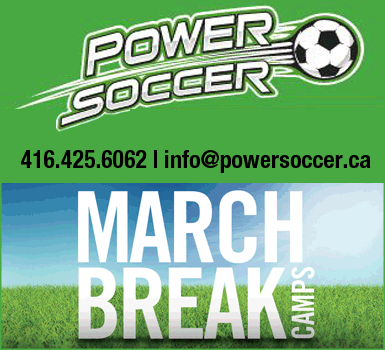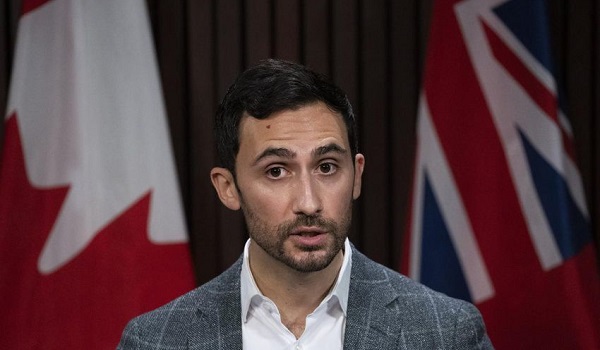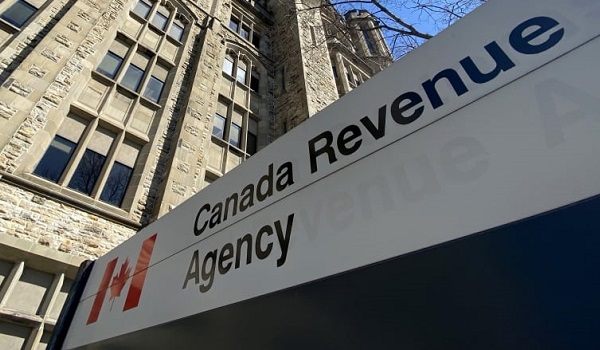Here’s how to identify symptoms of migraine in kids
Before adulthood, 60 per cent of kids will experience headaches, and one in 10 children will suffer from migraine, according to Dr. Serena Orr, a pediatric neurologist at the Alberta Children’s Hospital in Calgary.
“It is a neurological diagnosis where children and adolescents can get severe recurrent headaches with other symptoms like sensitivity to light or sound, nausea, vomiting,” she explains. “It’s actually more common than most people realize.”
Orr notes that the genetic neurological disease becomes more common once children hit puberty.
“Some studies say as high as 20 per cent of older adolescents can have migraine,” she tells CTV News. “I’ve diagnosed as young as two or three years old in some rare cases. So, it can start very early.”
By adulthood, migraine will impact one in seven people in the world, according to the World Health Organization (WHO).
What are the symptoms?
According to Orr, in very young children, migraine can often be associated with two things:
Torticollis, a stiff neck that makes it hard or painful to turn their head, sometimes as a result of childbirth, and
Infant colic, often described as an intense crying for three or more hours a day, three or more days a week, for three or more weeks.
Repeated episodes of vertigo and dizziness “can eventually develop into migraine,” she said. “A lot of younger kids actually will present with what we call abdominal migraine. So, that’s where the pain, rather than being in the head, is more around the tummy.”
As children age, she says, “the way the headache is expressed can change.”
“In younger children, we often see that the pain is in the front of the head or at the side of the head, but on both sides,” Orr said. “Whereas, when we think of migraine in adults or older adolescents, we know that often the pain is on one side, and so, as their brain develops, we see that pain becoming more one-sided.”
Sometimes, she says older children can present with migraine aura, which looks similar to a stroke.
“Vision changes, losing sensation to half of the body, having trouble with speech,” Orr lists.
She says some of the signs that a migraine is on the way include mood change, fatigue and sensitivity to light or sound.
“There can also be visual changes that the parents notice in their kids,” Orr notes. “They’ll say, ‘my child’s face looks pale,’ or, ‘their eyes look sunken,’ or they just seem kind of off.”
She says children will often hold their heads or retreat to a quiet, dark place.
“Sometimes, they’ll bury their head into their mom or dad or pull covers over their head,” she adds, noting that 75 per cent of children diagnosed with migraine have a family member who also suffers from the disease. “Certainly, in younger kids, we have more of a tendency to do tests to look for other things, and we look for other clues in the family history because migraine is very genetic.”
How do you treat it?
Orr says one important thing parents can do is educate themselves: learn what migraine is and what lifestyle behaviours can contribute to it.
“The way I see it is, people who have migraine, their brain is more sensitive to all incoming sensory information and doesn’t like changes in the environment or internally,” she explains. “It’s more an accumulation of changes internally or externally that can tip a person over.”
Some things you can do to help your child reduce their risk is making sure they have regular, good quality sleep and meals.
“There are actually a few studies now…that has shown that having regular meals, possibly even more so if it’s with the family, may decrease the risk of having more frequent headaches,” she points out. “We look at hydration and stress-coping skills as well.”
In addition, Orr says medical options, including medications, are available to stop an attack.
She notes parents who suspect their child may be suffering from migraine should contact their primary care physician.
“We’re certainly trying and working with a national group of headache specialists to educate, more broadly, the doctors about this problem,” she said. “One thing that you can do as a parent to advocate for your child [is] to learn about the disease.”
To find out more about migraine in children or for a list of resources, visit Migraine Canada’s pediatrics page.
This article was reported by CTV News















